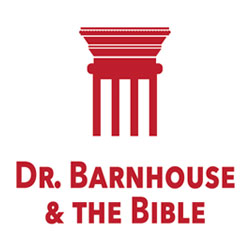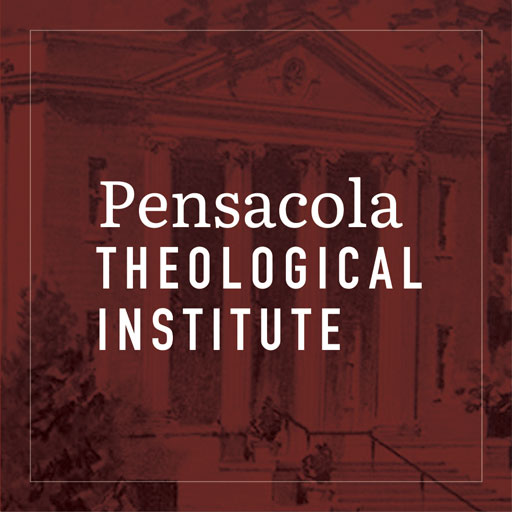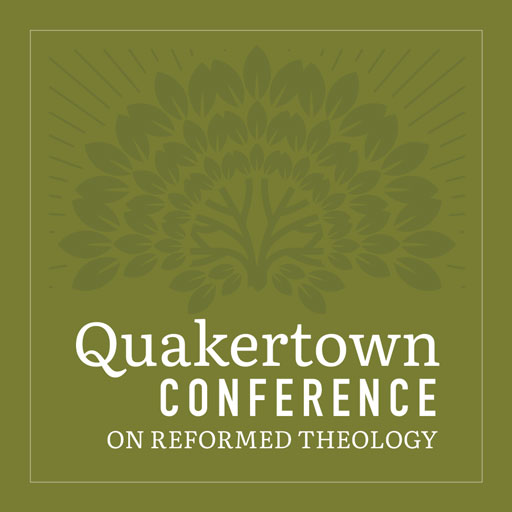
The East African Revival
The East African Revival
As many other events in global church history, the East African Revival is still fairly unknown in America. And yet, it spread rapidly through most of east Africa and lasted over 50 years, leaving a profound mark on the local churches.
Eager to pinpoint dates, scholars typically mark as the germ of the revival the year 1929, when a British missionary, John Edward (Joe) Church, and a quiet, unassuming Ugandan leader, Simeoni Nsibambi, shared their discouragement with the laziness and corruption of many churches. “The only difference between pagans and Christians,” Church later said, “was that pagans sin openly and Christian hide it.”[1]
Committed to the “Higher Life Movement” teaching of the British Keswick Convention, Church believed that the answer was preaching about the “victorious life” Christians could find in the Spirit.
But this was only the beginning. The revival that ensued was not strictly connected with Keswick theology, especially after leaders such as Nsibambi became aware of its dangers as a potential road to extremes and a distraction from the greatest blessing of all, which is Christ.
The East African revival differed from its European and American counterparts in that it was not based on large-scale preaching by famous personalities. While there were some large open-air meetings (the first being in Kabale, Uganda, in 1935) and some personal one-on-one evangelizations, most of the work of revival was done by ordinary African Christians to extended families, where participants would make a commitment together.
These Christians often travelled from place to place on foot, by bicycles, motorcycles, cars, busses, and trains. By the early 1940’s the revival had reached Uganda, Kenya, Rwands, Burundi, and parts of Congo, Sudan, and Tanganyika. The Luganda hymn Tukutendereza Yesu (“We Praise You Jesus”), with its emphasis on what Christ has done for sinners, became particularly popular.
Unlike many European and American revivalists, most East African evangelists (known as baloloke, or “saved ones” in Lugandan) encouraged new converts to join a local church, themselves as part of the one unified kingdom of Christ. At the same time, the local preachers, also influenced by the revival, began to stress repentance of sins and Christ’s work of salvation. Nsibambi was particularly insistent on directing believers to the local churches and strengthening the local pastors.
That’s not to say there were no problems or criticisms. As in other revivals, there were those who joined just for the excitement, those who looked down on other Christians (to the point of disrupting church services), those who rejected authorities with the excuse of wanting to “obey God rather than men,” and people who thought that shouting, crying, and jumping up and down were marks of a true Christian.
Festo Kivengere, who played an important part in the revival, explained that “the devil is not afraid of people singing and jumping for joy in times of revival. … All he says is ‘jump a little higher, and the higher you jump the more ‘spiritual’ you are! … So you could find the brethren fighting over whether you should shake, shout, be silent, or act in a particular way. But when you try and copy some kind of reaction, you produce a fake.”[2]
In spite of these misunderstandings and in spite of the terrible wars and persecutions happening at the same time, the churches in East Africa continued to grow with thousands of true believers in Jesus, and the revival continued to expand through the work of African missionaries throughout the world. Among other benefits, the revival broke down tribal and political barriers and gave women more opportunities to serve by spreading the gospel in their communities and beyond.
In his short biography of Festo Kivengere, Anglican bishop Frank Retief explained some of these benefits. “Revival, at least as it was experienced and understood in East Africa, brought about a great acceptance of the message of the gospel, strengthened churches and has given rise to large populations who, though they may yet be in need of reformation, nevertheless have great sympathy for the church’s message of salvation.”[3]
It marked one important step, waiting for more to follow.
[1] Joe Church, quoted in James N. Ndyabaihka, “The Attitude of the Anglican Church of Uganda to the New Religious Movements and in Particular to the Bacwezi-Bashomi in South Western Uganda 1960-1995,” 106.
[2] Festo Kivengere, quoted in Frank Retief, Festo Kivengere, Darlington, UK, EP Books, 2012, 55.
[3] Ibid., 168, 169.

























